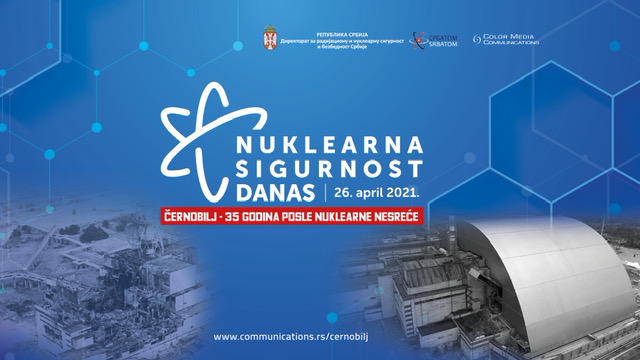To mark 35 years since the Chernobyl nuclear accident as one of the gravest accidents in the history of humankind with a significant impact on nuclear energetics and safety worldwide, on 26 April, Serbian Radiation and Nuclear Safety and Security Directorate (SRBATOM) organizes the online conference Sustain Nuclear Safety: Chernobyl – 35 Years After.
The aim of the event is to inform the public on the accident itself, and to share knowledge on the ways how to mitigate the consequences, decommission a nuclear power plant, rehabilitate and remediate its site, as well as on the reactions to the nuclear accident in Serbia and the world.
SRBATOM’s director, Mr. Sladjan Velinov and H.E. Oleksandr Aleksandrovych, Ambassador of Ukraine to the Republic of Serbia will open the conference.
You can see the detailed agenda on the following link, and register for the conference on the following link.
The accident at the No. 4 reactor in the Chernobyl Nuclear Power Plant on 26 April 1986 was rated by the International Atomic Energy Agency at the maximum severity level of seven on the International Nuclear Event Scale.
The consequences of this nuclear accident were felt in virtually entire Northern Hemisphere. The specific nature of radioactivity release in this case led to a widespread transfer of radioactive substances throughout the Northern Hemisphere, primarily Europe. The activity dispersed in a number of radioactive clouds was detected in not only Northern and Southern Europe, but Canada, Japan and the USA as well. The major pathways of human irradiation were external, by the radionuclides contained in the air and soil, as well as internal, resulting from the ingestion of contaminated food and water.
ACCIDENT AFTERMATH IN SERBIA
The distance of Chernobyl, accident scope and weather conditions resulted in the detection and presence of the isotopes of caesium, strontium and other radioactive elements in our environment, which was the direct consequence of the accident. Today, 35 years following the accident, caesium can still be detected in our environment. However, its activity is quite low and poses no risk for the people’s health and the environment.

